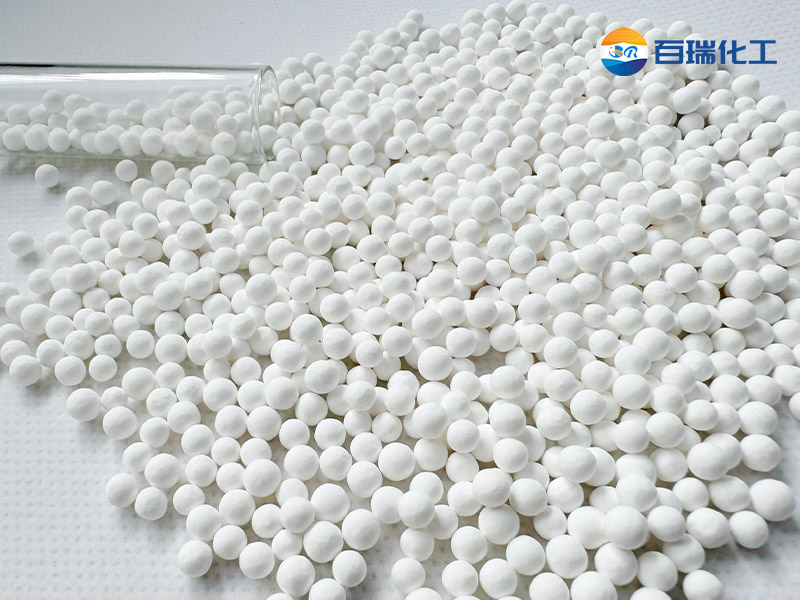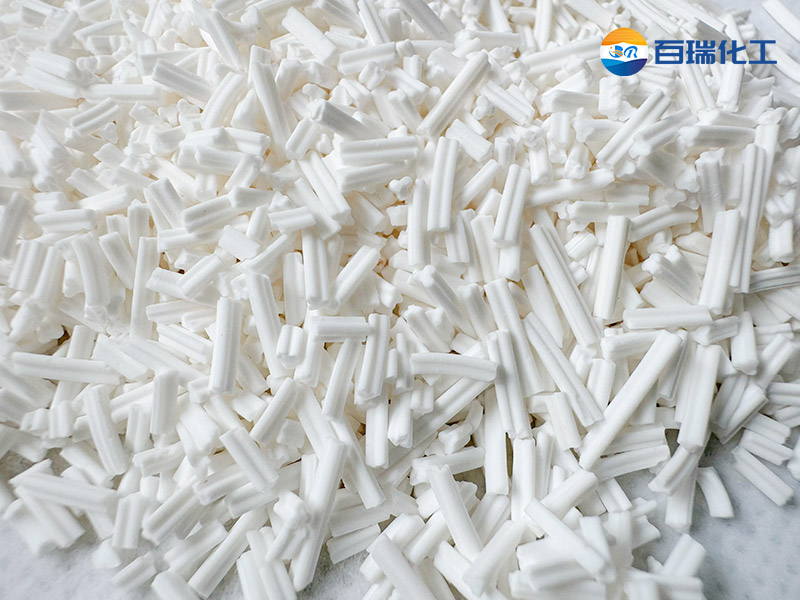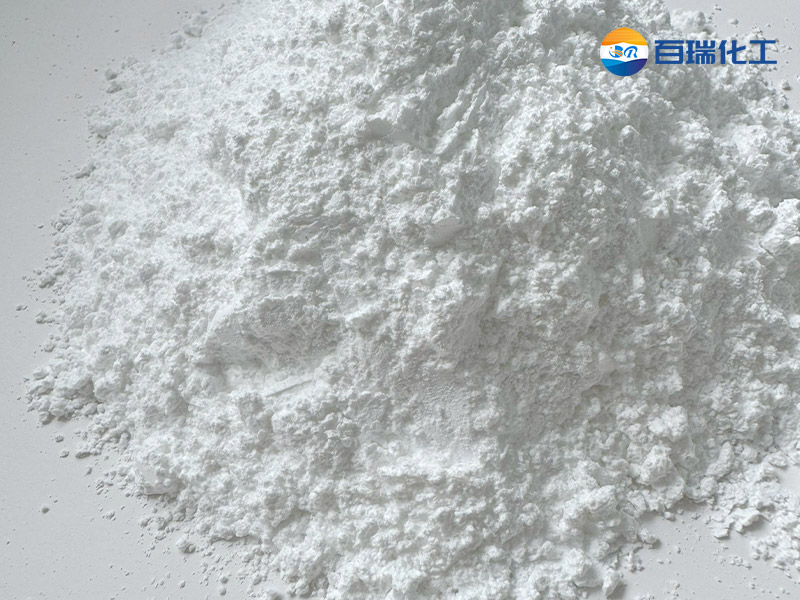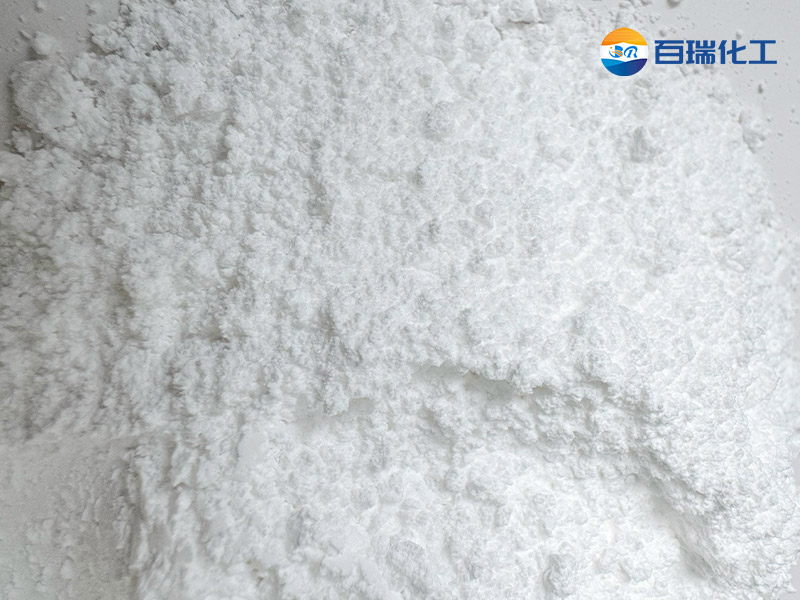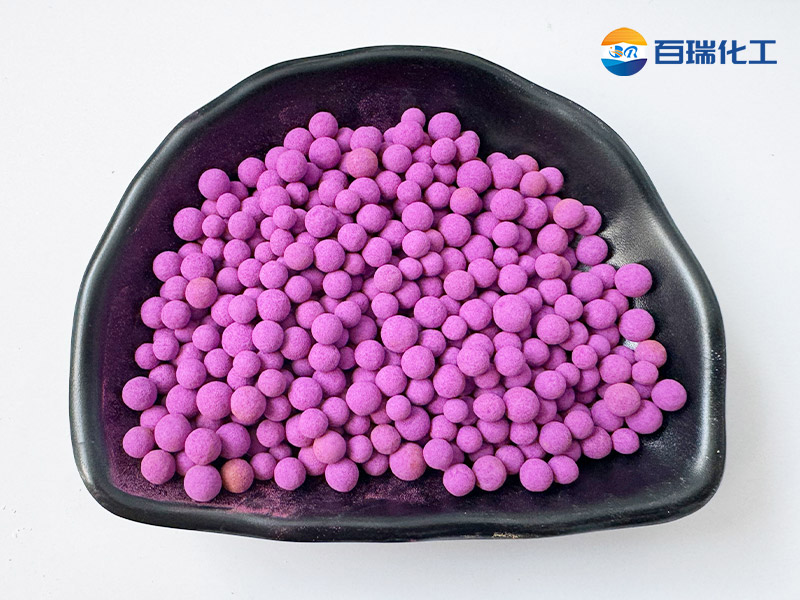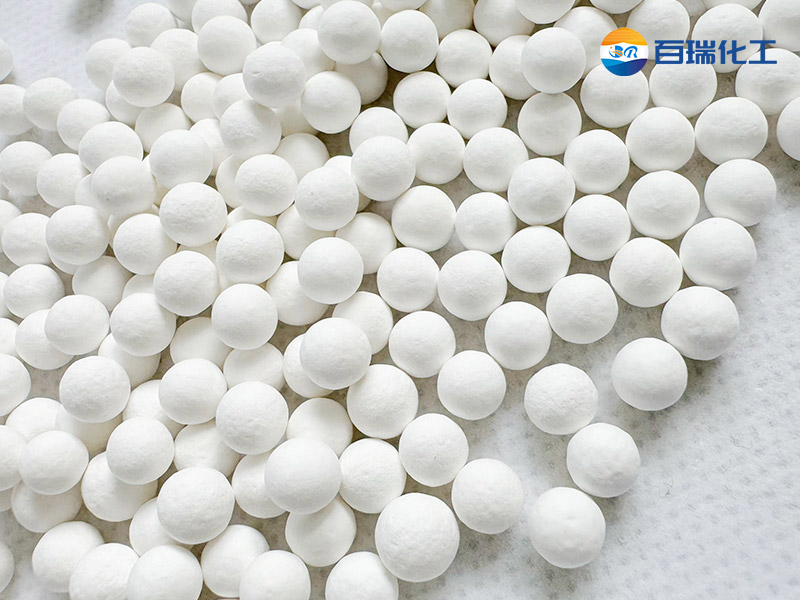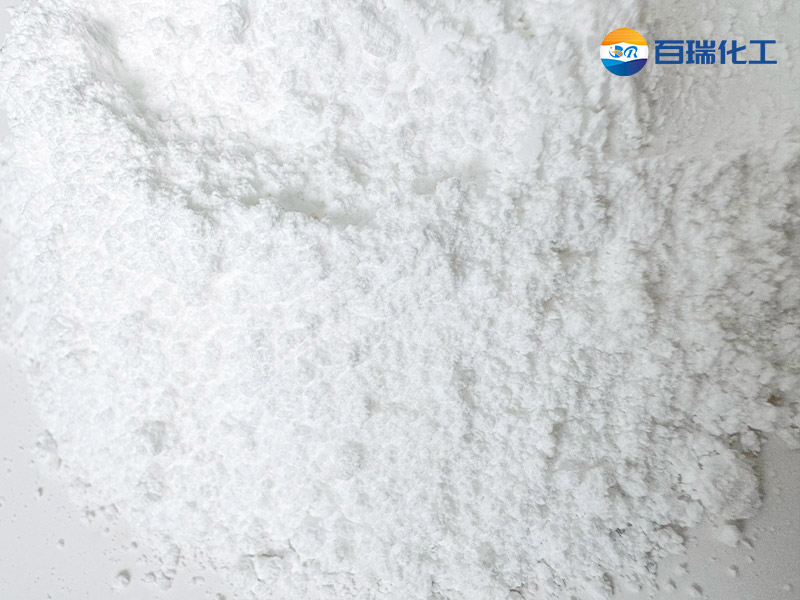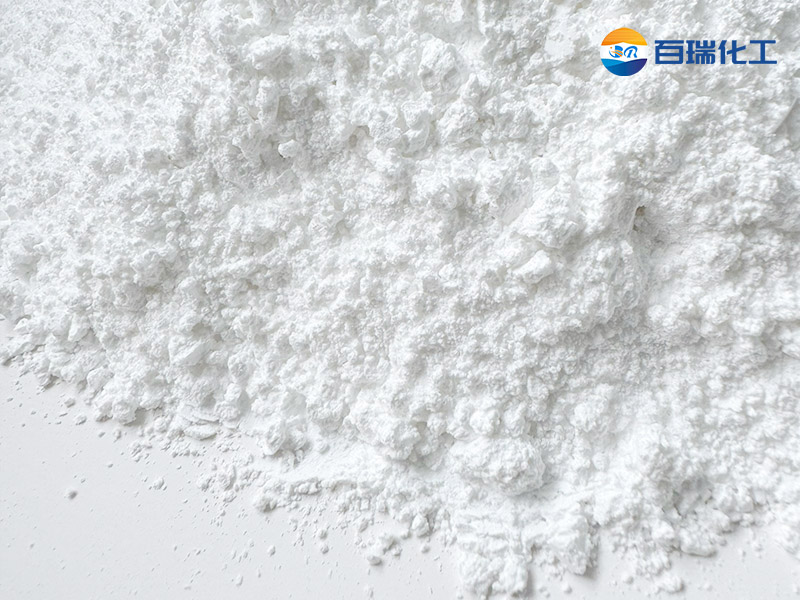Gamma alumina is an important crystal form of alumina and belongs to transitional alumina. Different from stable α-Al₂O₃ , γ-Al₂O₃ has a high specific surface area, abundant surface active sites and porous structure, which makes it widely used in catalysis, adsorption and materials science.
Characteristics of Gamma Alumina
• High specific surface area, much higher than α-Al₂O₃, enabling it to provide more active sites.
• Rich surface acidity, including Lewis acid sites and Bronsted acid sites, suitable for catalyzing various chemical reactions.
• Good thermal stability , but at higher temperatures it will irreversibly transform into α-Al₂O₃, causing the pore structure to collapse.
• Strong adsorption capacity, can be used to remove pollutants in gas or liquid.
Main applications of gamma alumina
(1) Catalysts and catalyst carriers
• Used in petrochemicals (such as hydrocracking and reforming reactions)
• Purification catalyst carriers to help convert CO, NOx and hydrocarbon pollutants.
• Provide active sites in reactions such as Fischer-Tropsch synthesis.
(2) Adsorbents and desiccants
• Used in water treatment (such as removing fluoride ions and heavy metals).
• As a gas desiccant, it adsorbs moisture and volatile organic compounds (VOCs).
(3) Functional materials
• Used in ceramic coatings and composite reinforcement phases to improve the mechanical and thermal properties of materials.
• As a carrier of electrode materials in lithium-ion batteries or supercapacitors.
Differences from other aluminas
• α-Al₂O₃: the most stable phase, high hardness (such as corundum), used in ceramics and abrasives, but with low specific surface area.
• Other transition phases (θ-, δ-Al₂O₃): formed at different temperatures, with a structural order between γ and α.
Precautions
• Storage: Moisture-proof and avoid phase change caused by high temperature.
• Regeneration: Surface adsorbents can be removed by high-temperature calcination, but the temperature must be controlled to prevent sintering.
Gamma alumina has become a key material in the fields of industrial catalysis, environmental protection and advanced materials due to its high specific surface area, rich surface acidity and excellent adsorption properties.


